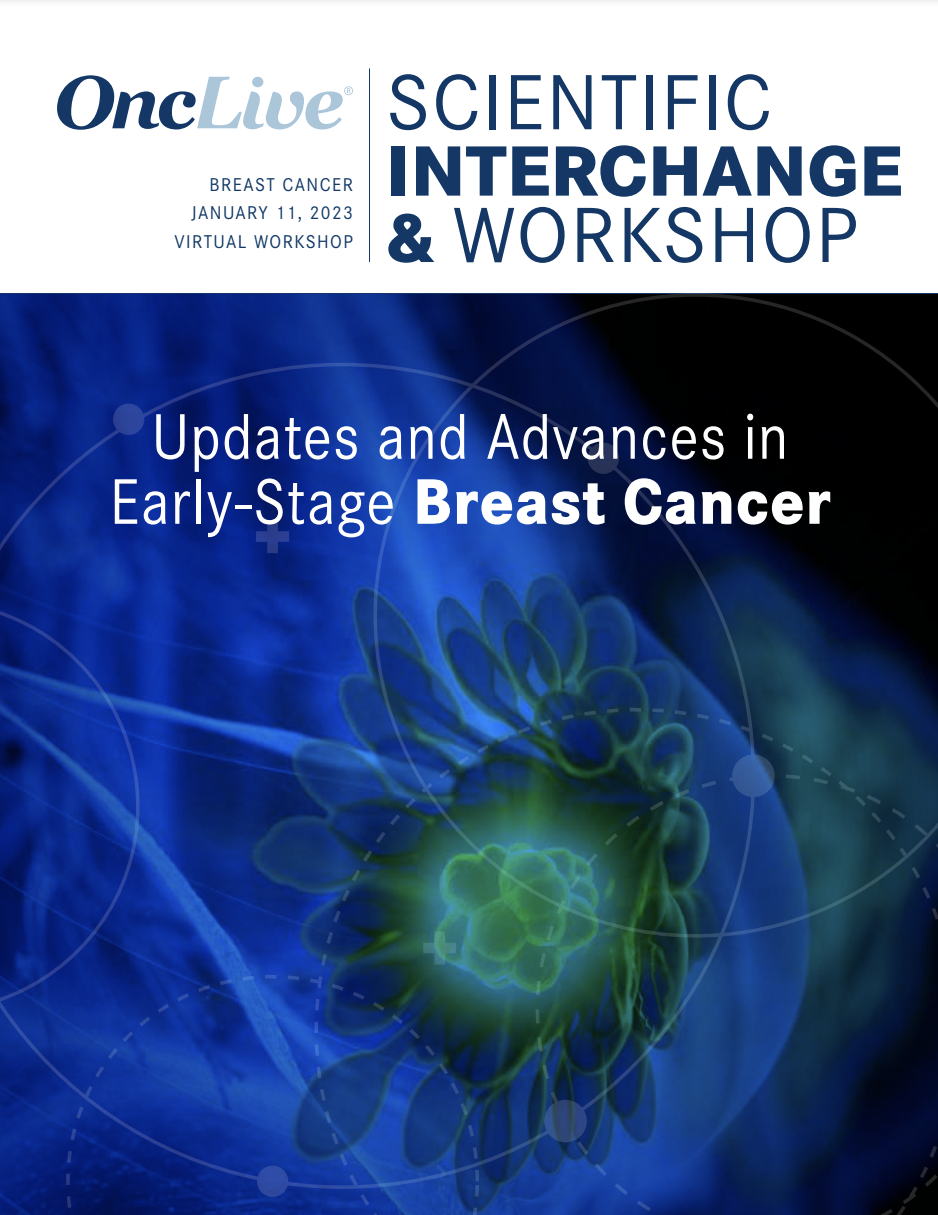Commentary
Video
Dr Alencar on the Preliminary Efficacy and Safety of NX-5948 in CLL
Author(s):
Alvaro Alencar, MD, discusses the preliminary efficacy and safety of NX-5948, a BTK degrader, in patients with chronic lymphocytic leukemia.
“Despite [being a] very highly pretreated population, we’ve seen this fast, prolonged, continued, and deepening response. There are a large proportion of patients with TP53 mutations, which confers a lot of resistance, who still saw a response rate of [75.5%] in this population, which is very high.”
Alvaro Alencar, MD, hematologist/oncologist, associate professor of clinical medicine, associate chief medical officer, University of Miami Sylvester Comprehensive Cancer Center, discusses findings from an ongoing phase 1 trial (NCT05131022) evaluating NX-5948, a BTK degrader, in patients with chronic lymphocytic leukemia (CLL) and other B-cell malignancies.
The analysis, presented at the 2024 ASH Annual Meeting included 34 patients with CLL, of whom 30 were evaluable for efficacy. The overall response rate (ORR) was 75.5% (95% CI, 61.1%-86.7%), with responses deepening to 84.2% (95% CI, 68.7%-94.0%) in patients with longer follow-up. Responses were rapid, durable, and appeared to deepen over time, with some patients remaining on therapy for more than 12 months and others exceeding 18 months of treatment, Alencar explains.
Notably, the population included a significant proportion of patients with TP53 mutations, a known marker of poor prognosis and resistance, yet response rates remained high at 76%, Alencar says.
Alencar noted that NX-5948 demonstrated an acceptable safety profile across B-cell malignancies, including in patients with CLL. The most common treatment-emergent adverse effects (TEAEs) included purpura/contusion (36.7%), fatigue (26.7%), petechiae (26.7%), and neutropenia (23.3%), with grade 3 or higher neutropenia occurring in 18.3% of patients.
Six TEAEs led to treatment discontinuation, including in 1 patient with CLL and 5 with non-Hodgkin lymphoma. Importantly, no new safety signals were observed with longer treatment duration or higher doses, and 2 grade 5 adverse effects—pulmonary embolism and subdural hematoma—were deemed unrelated to NX-5948.
Responses were also observed in patients with baseline BTK and PLCG2 mutations, further supporting the activity of NX-5948 in patients with high unmet clinical needs. Durable responses were achieved in 13 patients who had sustained responses of at least 6 months, and 5 patients remained on therapy for more than 1 year.
Alencar concludes that based on NX-5948’s early efficacy in heavily pretreated CLL and B-cell malignancies with high-risk features, the phase 1b expansion of this study will be initiated to further assess its potential in addressing unmet clinical needs.









